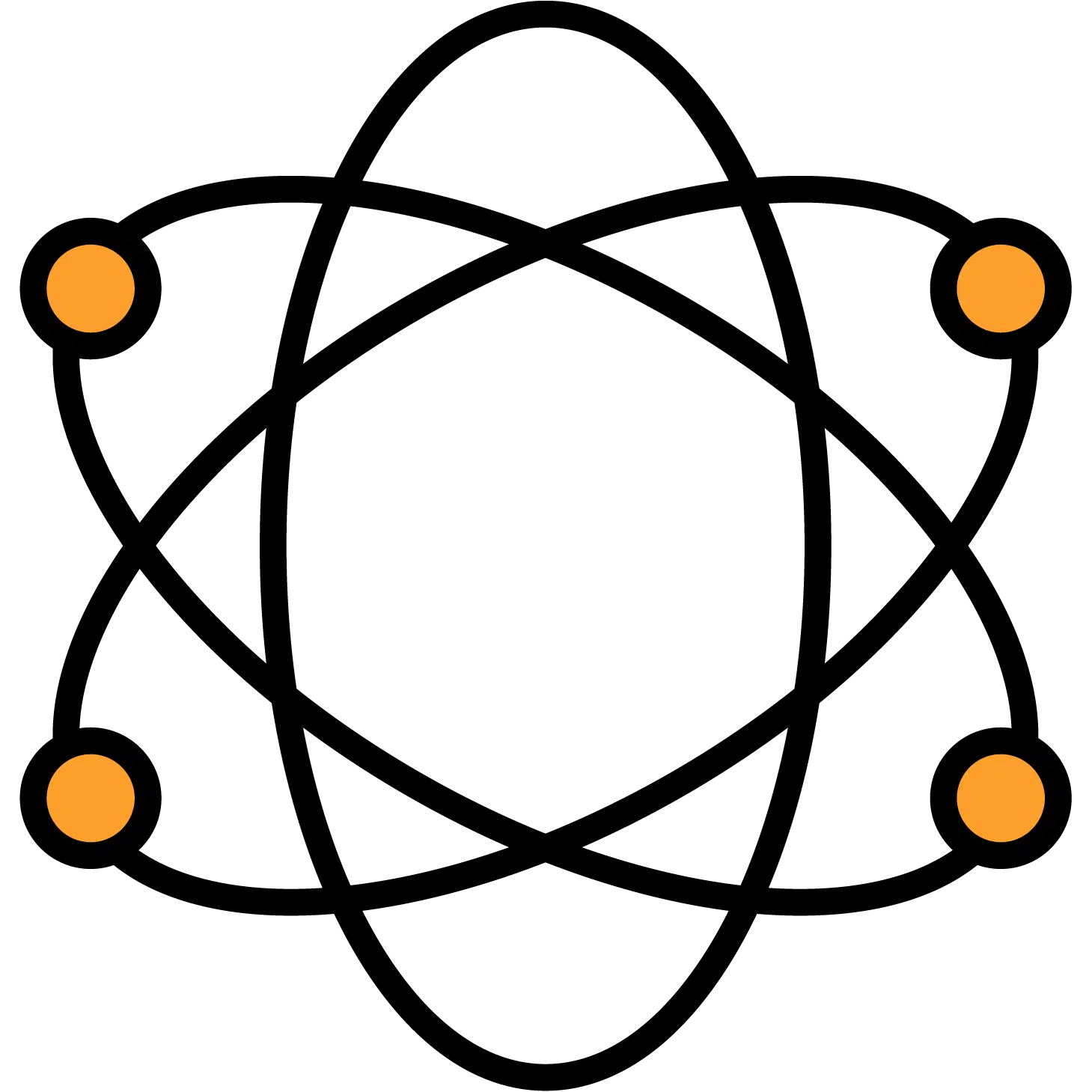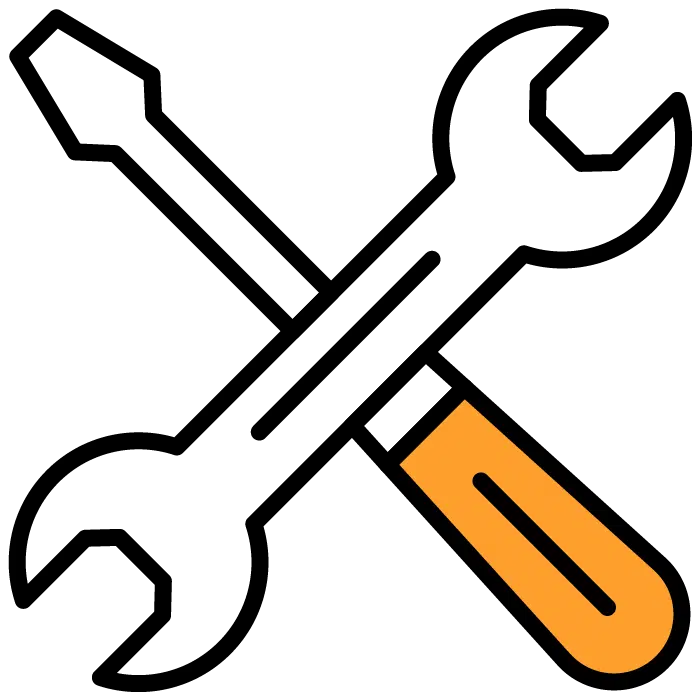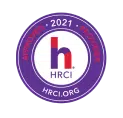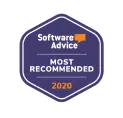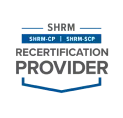Talent acquisition and talent management are oftentimes used synonymously by human resources departments. However, there are key differences between talent acquisition and talent management that will be discussed below.
Talent Acquisition vs Talent Management
Talent acquisition and management are oftentimes viewed as the same because the processes appear to have similar stages. The difference is that talent acquisition teams source and onboard candidates, while talent management teams work with current employees to develop, motivate, and retain them. Talent management teams are responsible for building relationships with current employees who have already been through the talent acquisition process.
What is Talent Acquisition?
Talent acquisition is when a company evaluates its long-term goals and decides that it is looking for a specific set of skills in potential candidates. It is based on finding the perfect candidate for the role regardless of how long it takes.
Talent Acquisition Process
There are six steps that talent acquisition professionals work through while hiring top talent. These steps are listed below:
Preparing
This stage is about gathering information from the hiring manager. Once the recruiter has all the necessary information, and the job requisition has been approved, a job description will be created.
Sourcing
After the job description has been created, it will be posted to multiple job boards. Talent acquisition teams with successful recruitment processes utilize social media.
Social media is the easiest way to broadcast your open position. The best part is that most social media applications are free to use. The most common sites include Facebook, LinkedIn, and Instagram but some companies utilize TikTok, Twitter, and others.
This is the opportune time to contact anyone that you feel may be a good fit for the position like past applicants or employee referrals.
Screening
This stage of the recruitment process is called screening. That is because the recruiter will be reviewing applications and only keeping candidates that they believe are qualified for the position. This stage is made easier if the recruiter keeps the hiring manager’s wishes and job description in mind.
Selecting
Resumes are great at providing a snapshot of the candidate, however, having an interview is the best way to confirm that they will be a good fit. Once the screening of the applicants is complete the recruiter will want to begin scheduling interviews.
There is a variety of talent acquisition software that can streamline the interviewing process by automating the scheduling of interviews and even sending links to one-way interviews.
Hiring
After interviews are completed, it is time to look at each candidate as a whole. This includes reviewing interview feedback which will provide valuable insights into the candidate’s skills, qualifications, and fit for the company culture. Gather resumes, notes, and any additional documents to compare the candidates that you believe may be a good fit for the position
Once a decision has been made be sure to contact the candidate immediately. It has been reported that top talent will leave the job market in less than 10 days. That means recruiters must move quickly in the hiring process to secure high-quality employees.
Onboarding
An offer was made and the candidate accepted! Now is the time to bring the candidate in to complete all necessary paperwork. During the onboarding process is the time to talk about details that may not have been mentioned in the interviewing process.
Topics such as getting paid, time off requests, setting up benefits, etc. This is the time for you to tell the employee anything they need to know about how the company works. Let the employee know how to contact the HR department if questions arise after they leave the onboarding session.
What is Talent Management?
Talent management is the continual process of developing and retaining current skilled employees with a variety of strategies. The talent management team works closely with hiring managers to create succession plans, complete skills gap analyses, and conduct training.
Talent Management Process
The job market is competitive and many companies are finding that acquiring top talent is not the problem. The challenge is with retention. The talent management process is as follows:
Develop
Once an employee is hired, they will go through an extensive onboarding process to help settle them into their new position. The best way to improve retention is to provide growth opportunities! This can be through peer coaching (mentorship) and company training sessions.
Another way to support employees with development is to utilize performance management. Performance management is often used annually but it is beneficial to check on the employee’s growth and goal progress regularly. By regularly checking in on an employee’s performance we can maintain efficiency, encourage communication, and train appropriately.
Motivate
The leading reason a person leaves a job is due to being unhappy. The best way to retain employees is to foster a sense of belonging and purpose. The easiest way to do this is by providing rewards, perks, and recognition.
Overall 37% of employees said recognition for their work is the best thing their employer did to make them feel valued.
Retain
When we properly develop and motivate our employees they are more likely to stay with the company. Each step can not stand without the other, meaning that companies can not simply offer training but never recognize employee success.
To retain top talent, companies need to invest in them. It is significantly cheaper to train existing employees than it is to continually hire new ones. Employees who feel appreciated have 50% fewer workplace accidents, 41% fewer quality defects, and an 18% increase in productivity.
Improving the Process
If you need to improve your talent acquisition process then Discovered has you covered. Give us a call at (833) 332-8378 or book a demo today!
